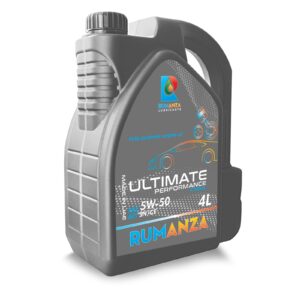Racing oil is not recommended for everyday driving because it doesn’t have the same long-term protection additives found in regular motor oil. Racing oil is designed for short bursts of high performance rather than sustained, daily use. It may also lack detergents and dispersants necessary for the dirt and debris build-up seen in regular driving conditions.
The ideal viscosity depends on factors like engine type, track temperature, and specific racing demands. For example, many racers use a 20W-50 or 10W-40 oil in hot climates due to its thicker consistency at high temperatures, while colder climates might require a lower viscosity like 5W-30 to maintain flow during cold starts.
Synthetic racing oils generally offer better performance due to their molecular stability, resistance to breakdown, and ability to function in extreme conditions. While they are more expensive, they’re often preferred in racing for their enhanced heat tolerance, durability, and protection against wear.
Racing oils often include additives like zinc and phosphorus (ZDDP) for anti-wear, as well as friction modifiers to reduce drag. Some also have antioxidants to prevent breakdown under heat and detergents to keep the engine clean, although these are less common in pure racing oils.
Mixing oils is not recommended because each oil has a unique formulation and additive balance. Mixing can lead to unpredictable performance and may dilute the specialized benefits of racing oil. It’s best to stick to one type of oil and change it according to your engine’s requirements.








